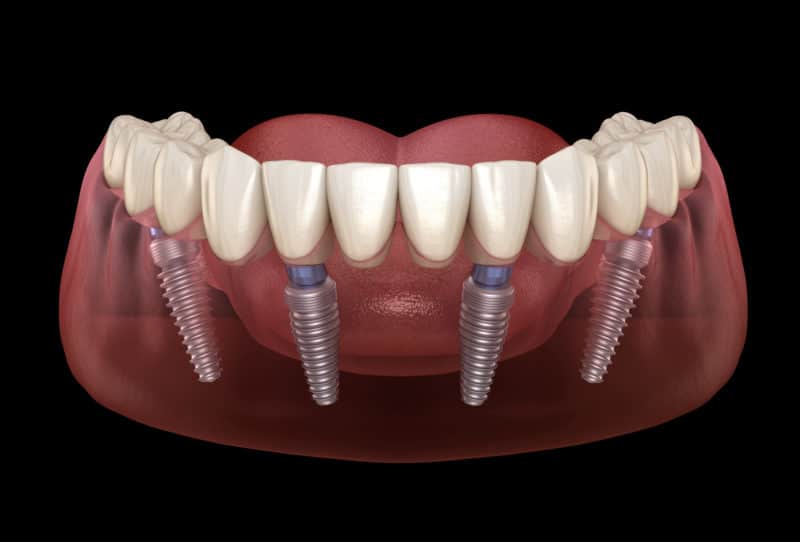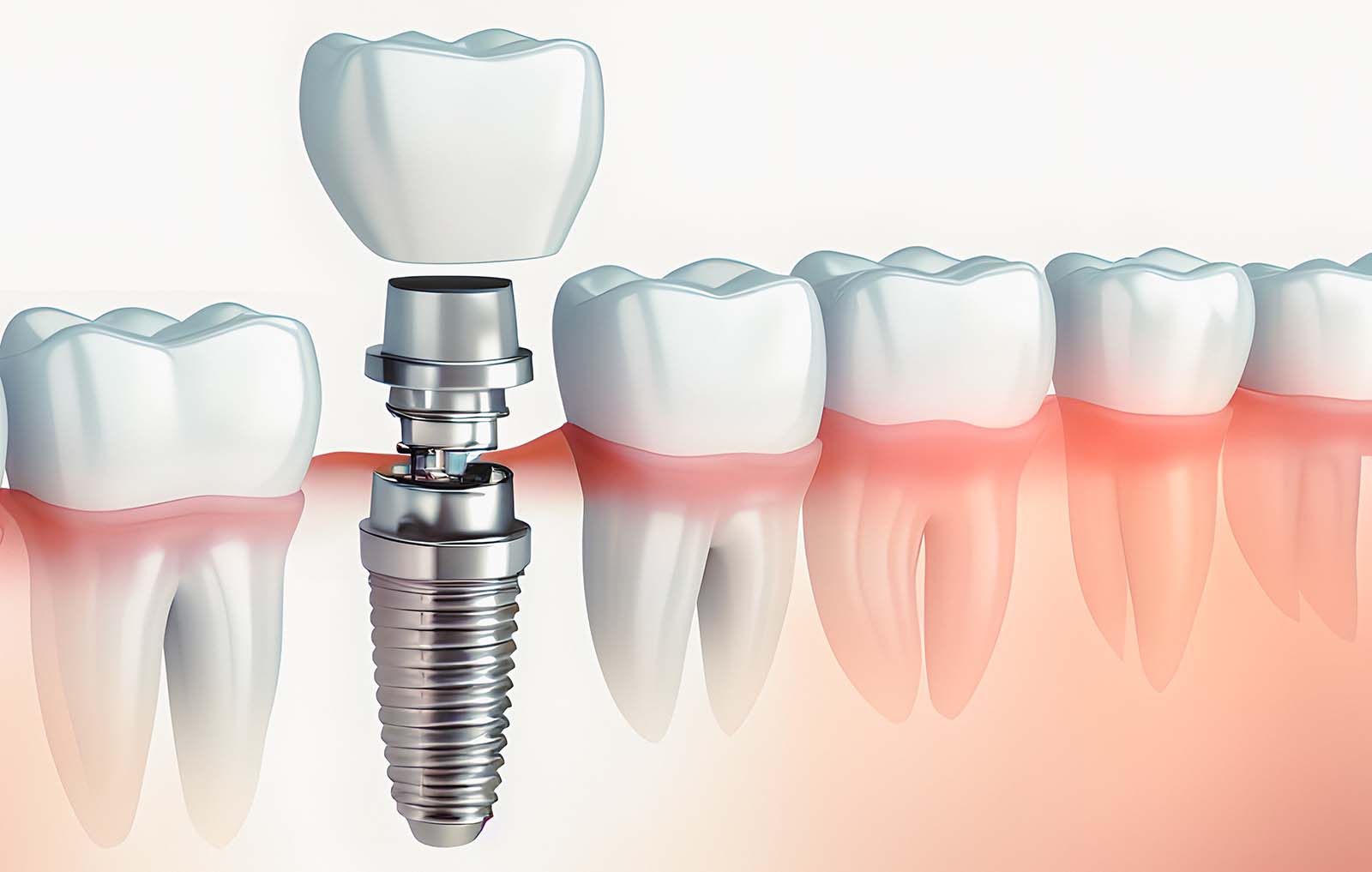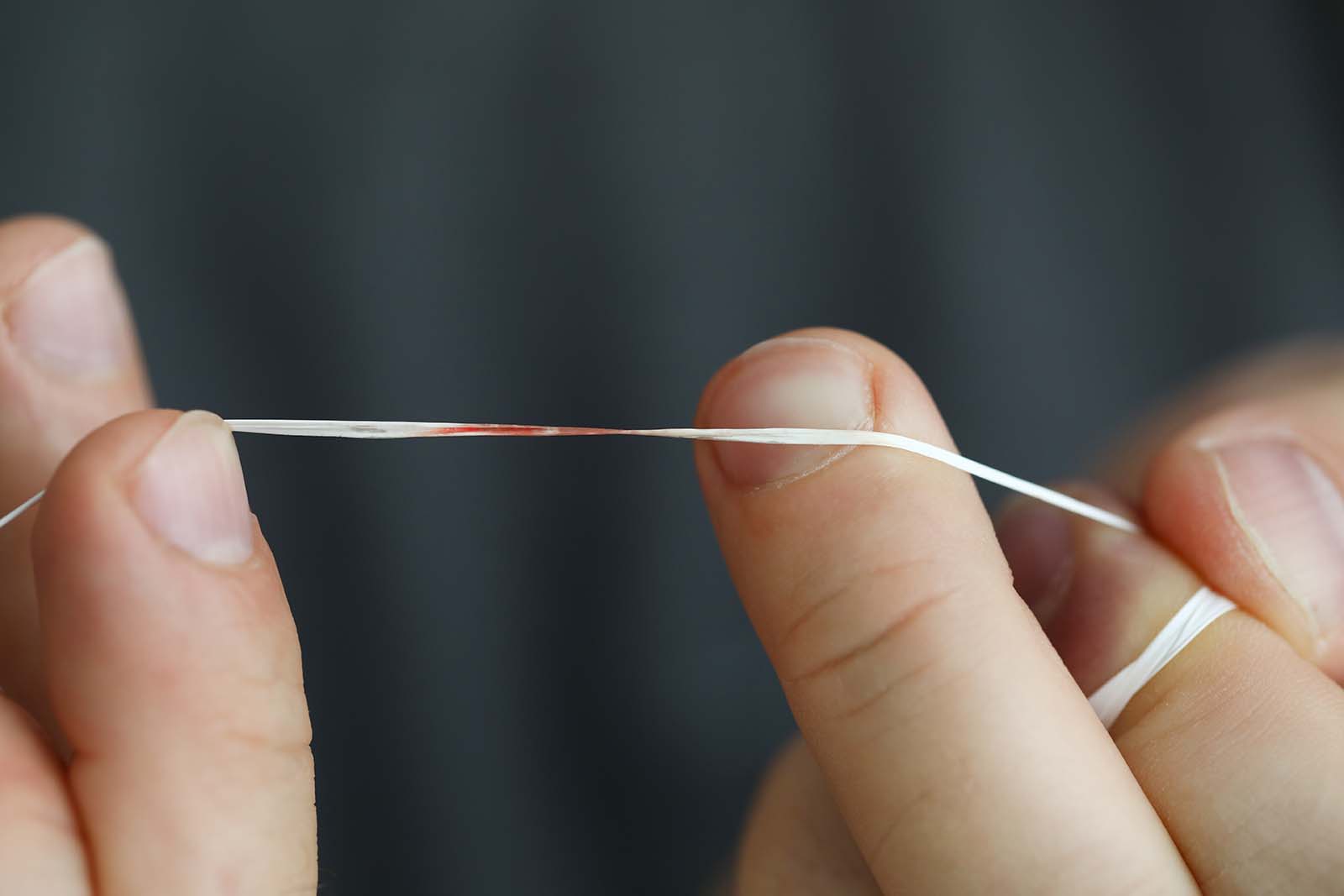Porcelain veneers and dental bonding are both dental procedures. Each procedure is used to improve the look of a patient’s smile. People choose porcelain veneers or bonding in order to hide imperfections in the teeth. However, the two dental procedures are different in regards to the materials used and the pricing. This article will give you some things to consider when weighing the choice between bonding vs. veneers.
What is Tooth Bonding?
What Is Tooth Bonding Used For?
People who have cracked, chipped or discolored teeth use teeth bonding to improve the look of the teeth. Teeth bonding can be used on multiple teeth at once. It is a procedure in which the dentist applies a hard material called resin to your teeth. The resin can be used to close small gaps between teeth. Tooth bonding can also be used to make a tooth the same size as those around it.
What Happens During the Teeth Bonding Procedure?
The teeth bonding procedure is a simple one and can be done in about an hour. In most cases, people aren’t put under anesthesia. The dentist begins by matching the shade of the resin to the shade of your tooth. An exact match may not be possible, but a close shade can be selected.
The dentist will put a material on the tooth to bond the resin to the tooth. The next step is to apply the resin over the liquid bonding material. The resin is used to shape and mold the tooth with the help of an ultraviolet light.
How to Maintain Tooth Bonding
You should care for your bonded teeth just as you would your regular teeth. Brush your teeth twice each day. Floss daily. Get dental cleanings about twice per year.
The teeth bonding material used is not as durable as your natural tooth’s surface. Therefore, the resin can crack. To reduce your chances of cracking your teeth, avoid hard candy and other foods. Do not bite your nails. Avoid chewing on hard materials such as pens or ice.
What Are Dental Veneers?
What Are Veneers Used For?
Dental veneers are small, thin pieces of porcelain. They are cemented onto your teeth to improve the teeth’s appearance. Veneers are used to fix a variety of problems. For instance, those who smoke or drink coffee might have stained teeth. Placing veneers over the teeth can brighten the teeth’s color.
Another use for veneers is to fix gapped or crooked teeth. Veneers can be placed over teeth to close smaller gaps. They can also be used to hide minor problems with teeth, such as teeth that are slightly crooked.
Tooth enamel is both strong and durable. However, it can wear down. Your tooth enamel can become defective when you smoke or eat certain acidic foods. Tooth enamel, once lost, does not grow back. Some people get veneers to cover natural teeth that are losing or lacking enamel.
What Happens During the Procedure?
The dentist will make a mold of your teeth. This is done so that the veneers will fit snugly and comfortably onto your natural teeth. The dentist will lightly grind the natural teeth in order to create a rougher surface on the teeth. This allows the veneer to be easily bonded to the tooth. The veneer is stuck to the tooth using cement. An ultraviolet light dries the cement quickly.
Veneers are only placed on problem teeth. Therefore, the only teeth treated are the ones that you’re getting the veneers attached to. Veneers only cover the front surface of your teeth. They do not cover the entire surface of the tooth the way that a crown does.
You should care for your veneers in the same way that you do your original teeth. Brush twice daily and floss once per day. Get regular dental checkups and cleanings.
Some dentists will recommend that you wear a mouth guard when you participate in sports like football or basketball. The mouth guard protects the veneers from being knocked loose. You should also avoid chewing on items like ice or pen caps. Doing so could crack or damage your veneers.
Pricing for Porcelain Veneers and Tooth Bonding
How Much Does Tooth Bonding Cost?
The cost of tooth bonding may vary depending on where your dental office is located. A tooth that needs extensive work may also cost more. On average, most teeth can be bonded for about $300 to $600 per tooth. The tooth bonding material can last up to ten years if the patient practices good oral hygiene.
Some people are able to get their dental bonding paid for by dental insurance. However, most insurance companies do not cover tooth bonding. For instance, if you’re involved in an accident and chip a tooth, then your insurance may pay. However, if you’re only having the bonding done for cosmetic reasons, then your insurance most likely won’t pay. Every insurance company is different. It’s best to check with your insurance company before making plans to have teeth bonded.
How Much Are Porcelain Veneers?
The price of porcelain veneers varies depending on your dentist’s particular fees. The fees are charged per tooth. Therefore, you’ll pay a lot more for several veneers than you would for just one. Porcelain veneers cost about $1,300 per tooth, which means they generally cost more than tooth bonding. Veneers can last 10-20 years. In most cases, taking proper care of the veneers can make them last longer.
In general, most dental insurance companies do not cover porcelain veneers. In rare cases, a veneer might be partially covered under insurance. Some companies pay a percentage of the bill if the patient can prove the veneer is used to restore or protect the tooth’s surface.
Bonding vs. Veneers
Is Bonding Cheaper than Veneers?
To weigh the pros and cons of bonding vs. veneers, consider cost first. Porcelain veneers are more expensive than dental bonding. Because neither is generally covered by insurance, many people opt for the cheaper choice, which is dental bonding. For instance, when given the option between chipped tooth bonding vs veneers, most people choose bonding.
When considering the option of getting bonding vs. veneers, you should also consider the subtle aesthetic differences. For instance, porcelain veneers generally look a bit better than bonding. Bonding most often stains over time; however, porcelain veneers do not.
Do Veneers Worth It?
Veneers are a better for those who want a long-term option. In most cases, veneers can stay natural-looking for up to twenty years if maintained properly. Whereas, bonding has a slightly shorter lifespan and lasts about ten years if cared for properly.
If you’re interested in dental bonding or veneers, consult with Dr. Michael Abaian. He is one of the best dentist for veneers in Los Angeles. The dental office can examine your teeth and determine if you’re a good candidate for tooth bonding or porcelain veneers.
A professional at Southland Dental Care can also discuss your specific health requirements and cosmetic concerns. This will help you make an informed decision between bonding vs. veneers.












